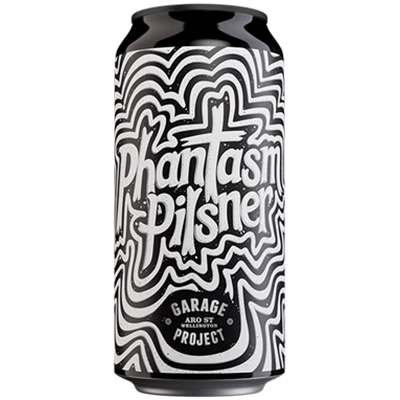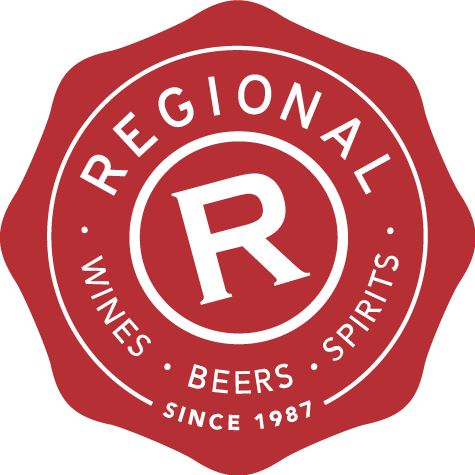
Garage Project Phantasm Pilsner and the fantastic thiols...
Today’s beer though is a return to a path first trodden by the brewery back in the early days and which may have paved the way for this eventual embracing of all things wine.
Hops on Pointe has been part of the GP core range for yonks. It is described as a Champagne pilsner and uses Nelson Sauvin hops (the wine-y-est of all hops) and Champagne yeast to create a tight bead (or fine string of bubbles) that simulates the mouthfeel of Champagne. Clever stuff.
And, if hops on pointe is GP’s beer answer to Champagne, then Phantasm is, without doubt, their answer to Sauvignon Blanc.
Sauvignon blanc, and in particular “Kiwi Sav”, is so distinctive thanks to the presence of two main compounds - pyrazines and thiols. Pyrazines are responsible for those crunchy green bell pepper hits whilst thiols make up those gorgeous tropical notes of passion fruit, grapefruit, guava and gooseberry.
The thiols aren’t in the actual grapes, but it is the interaction of a precursor with the wine yeast that results in their creation, so once again we find that it is yeast in wine, as much is it is in beer, that is responsible for creating some of the styles we love so much.
The aforementioned precursors in grapes don’t exist in malted barley, so for Phantasm, Garage Project have done some clever things to make up for their absence.
Firstly, the brewers used the Nelson Sauvin hop for aroma and bittering, an obvious move you might say, seeing as this is a Kiwi hop, named thus thanks to a flavour profile that is similar to Sauvignon Blanc. Next, they literally threw thiol powder into the mix and, thirdly, they co-fermented with Sauvignon Blanc grape skins (no doubt recycled from the aforementioned wine programme).
So how does this triple-sav-attack play out in the beer? Let's find out!
It’s a pale amber/yellow in the glass and sports a fine bead to boot. The nose is fabulous with a pilsner-on-steroids type feel. Bready, yeastiness and mineral sulphur hits give way to those tropical ‘Sav’ fruits we were hoping for. There’s that ripe (sweet) pilsner quality too that so many pilsners often seem to miss. The nose promises a lot and the palate really delivers it all. Gooseberries and passion fruits jump out of the glass and the level of bitterness really balances things in the finish…
I’m an unashamed pilsner lover and this is right up my alley.
The end result is also an interesting addition in the current trend for lighter styles and lagers. We’ve seen the taming of IPAs through styles such as cold and brut IPAs but this beer is really the augmentation of pilsner towards an IPA. So I guess what we’re seeing is a convergence of styles somewhere in the middle.
It also throws up the interesting question of whether adjuncts can become more akin to additives. Is there even a difference? Grape skins seem natural - whereas thiol powders sound artificial? Winemakers have got into hot water adding pyrazines to their wines in the past, but, in the maverick world of brewing, the general approach is still very much one of ‘anything goes’ and, well, GP make no secret of the thiols. If anything they are more secretive about the addition of the grape skins - which is described as a ‘double shot’ aroma boosting co-fermentation method.
We’ll leave the semantics of modern brewing for another day and bask in the happy fact that we are lucky enough to have envelope-pushing breweries such as Garage Project making exciting beers like today’s. Enjoy.
